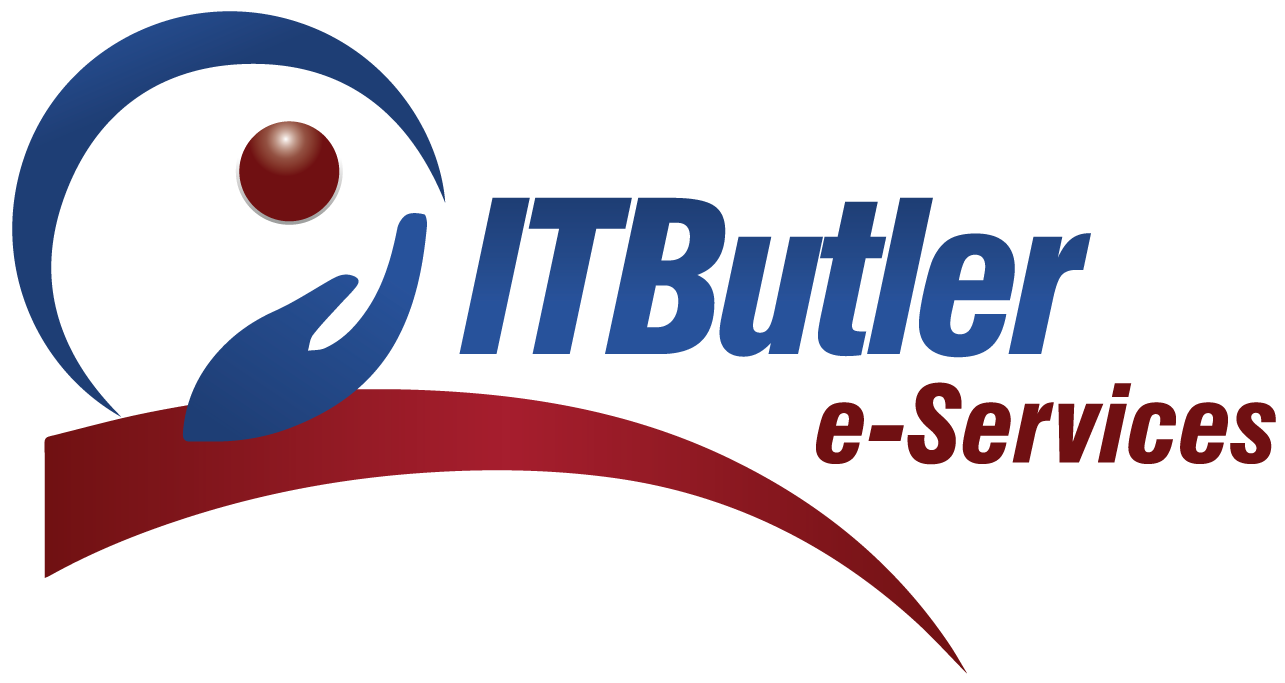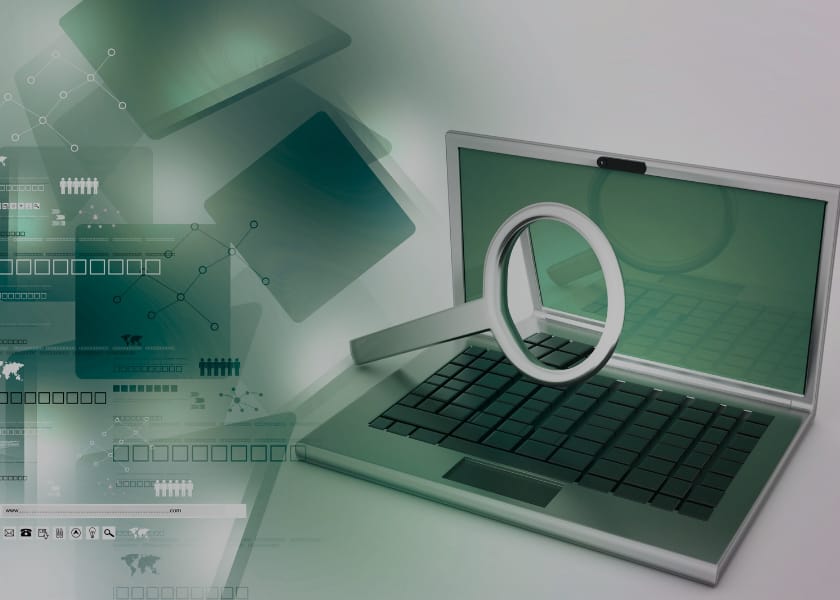Imagine you woke up and came to know that a hacker has taken control of your company’s SaaS accounts. They’ve accessed sensitive data, sent phishing emails, and also compromised your business’s reputation. So, SaaS account takeover is a growing threat, but many businesses are unprepared for it. However, the consequences can be devastating if left unchecked.
Moreover, with cloud-based platforms becoming an essential part of business operations, cybercriminals are finding new ways to exploit weak points in user credentials, making account takeovers more frequent and more sophisticated. So, how can you protect your business from this alarming threat? The answer lies in AI-powered solutions like Darktrace, which can detect and contain suspicious activities before they grow into full-blown breaches. In this blog, we’ll explore how Darktrace can help you detect and mitigate the risks of account takeover with real-time intelligence.
Understanding SaaS Account Takeover
Account takeover (ATO) occurs when a cybercriminal gains control of a user’s SaaS account. As a result it allows them to manipulate emails, access sensitive data, and even launch phishing attacks on internal employees.
Common Attack Methods Used in SaaS Hijacking:
1. Phishing Attacks
- Cybercriminals send deceptive emails pretending to be from legitimate services like Google, Microsoft, or HR departments.
- Additionally, employees unknowingly enter credentials into fake login pages, granting attackers access.
2. Brute-Force Attacks
- Hackers use automated tools to guess passwords through credential stuffing or dictionary attacks.
- Therefore, weak passwords or reused credentials make accounts easy targets.
3. Session Hijacking
- Attackers intercept active user sessions and then take control without needing credentials.
- This often occurs on unsecured Wi-Fi networks or through man-in-the-middle (MitM) attacks.
4. Exploiting MFA Fatigue
- Attackers flood users with MFA requests until they approve one out of frustration.
- This is commonly seen in push notification-based MFA attacks.
5. Compromised Third-Party Applications
- SaaS platforms often integrate with third-party apps that may have security vulnerabilities.
- As a result, attackers exploit these weak points to gain unauthorized access.
Impact of the Account Takeover
Once a hacker takes control of an account, they can:
- Firstly, steal confidential business data
- Alter financial transactions
- Send phishing emails to employees and customers
- Modify email rules to hide their activity
- Moreover, delete or encrypt data as part of a ransomware attack
Therefore, without real-time detection and response, businesses can suffer financial losses, reputational damage, and regulatory Penalties.
How Darktrace Detects and Prevents Account Takeover
The AI security technology provided by Darktrace detects abnormal operations to stop real-time account takeover attacks. Additionally, the design of Darktrace differs from traditional security methods because it adapts by continuously learning about user system behavior. As a result Darktrace actively stops account takeovers which prevents security incidents from increasing.
The system from Darktrace bases its detections on understanding protocolled user behavior while scanning for abnormalities, which include:
- Firstly, the system detects abnormal login sequences as well as unauthorized access attempts from unknown geographical regions.
- Additionally, Threats become evident when abnormal activities occur that differ from what users typically do.
- Then the system acts promptly to remove security threats as they detect them to prevent substantial damage.
Case Study 1: Phishing Email Leading to Account Takeover
An employee at a United States enterprise lost control of their account after following a false email from HR that pretended to be a payroll update.
What happened?
A deceptive email appeared trustworthy, although it linked the recipient to a harmful destination. Then, the employee proceeded with login credential entry on an imitation site where unauthorized attackers gained remote access to the account. In addition to the account takeover, the attackers setup more inbox rules to avoid future phishing attempts.
Thus, Darktrace automatically identified a suspicious phishing email and alerted the system about it right after detection. However, the system discovered an unusual login attempt followed by the establishment of new email rules implemented by the attacker. The system activated an automatic lock on the account and stopped any further damage from propagating as it started to increase in severity.
Traditional security measures might have been unable to detect the phishing attempt, yet Darktrace implemented AI algorithms to recognize the abnormal behavior and stopped potential harm from occurring.
Case Study 2: Suspicious Logins from Different Locations
A European company faced an account takeover incident due to employee credentials getting compromised because of an Adversary-in-the-Middle (AiTM) phishing attack that targeted sophisticated credentials.
What happened? An attacker implemented stolen credentials with access to a US-based virtual network at the same time the employee was active from South Africa. Microsoft Defender marked the suspicious login activity, yet did not automatically react to it. Then, the attacker conducted an unauthorized attempt to change the account password so they could preserve their access.
Darktrace identified an irregular US login for the system, which triggered location-based alerts and recorded successive attempts by unidentified devices. Additionally, The account lock and block of password updates stopped the attack after the system detected the breach.
Moreover, Darktrace delivered three crucial analytic functions that blocked the attack sequence before the attacker could raise their access privileges.

Case Study 3: Outbound Spam and Email Rule Manipulation
The SaaS user encountered an account takeover because a phishing email allowed unauthorized system entry. An attacker carried out two malicious actions: they modified email rules to delete incoming messages before starting a spam email attack.
What happened? The attack originated from three different countries (the US, and UK, and the Philippines) while the attacker executed code to automatically remove incoming emails. Although a total of 500 phishing emails were transmitted through the hacked account before Darktrace took action to stop them.
Then Darktrace’s system identified the abnormal login attempts from several points while marking the suspicious rule modifications to email. So, the compromised account received immediate system-based preventions from the platform, which blocked any further expansion of the spam campaign.
Moreover, the malicious activity tried to hide through rule modifications in email, but Darktrace’s AI system successfully discovered and stopped the dangerous activity before the threat expanded.
Best Practices for SaaS Security
While Darktrace provides advanced AI-powered security, businesses should also implement best practices to prevent SaaS account takeovers:
- Enable Multi-Factor Authentication (MFA): Firstly, use app-based or biometric MFA Multi-Factor Authentication instead of SMS-based authentication.
- Monitor Unusual Login Patterns: Watch for logins from unfamiliar devices or locations.
- Limit SaaS Permissions: Grant users only the minimum access required.
- Regularly Update Passwords: Enforce strong password policies and avoid reusing credentials.
- Use AI-Based Security Solutions: Then deploy tools like Darktrace to detect real-time anomalies.
Conclusion
As the frequency and sophistication of SaaS account takeover attacks continue to rise, businesses must have to be proactive in their cybersecurity strategies. Although, traditional security measures, which often rely on static rules and signatures, are reactive in nature, means they only respond after a breach has already occurred. But, these methods are no longer sufficient to keep up with the fast-evolving tactics used by cybercriminals.
This is where Darktrace’s AI-driven security solution comes in. Powered by advanced machine learning algorithms, Darktrace offers a forward-thinking approach to cybersecurity, continuously analyzing user behavior to detect and prevent threats before they can cause significant damage. Moreover, by understanding what is “normal” behavior for each user, Darktrace can easily spot deviations and unusual activities. So, whether it’s a suspicious login attempt or a sudden change in user patterns, it flags it.
Consequently, with Darktrace’s AI-powered approach, comprehensive security policies, businesses can confidently detect, contain, and prevent SaaS account takeover attacks. Thus, ensuring that sensitive data remains secure and protected from malicious actors.






